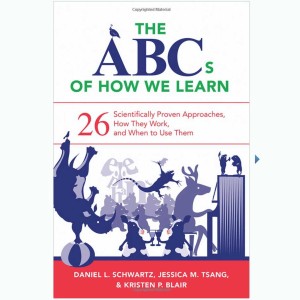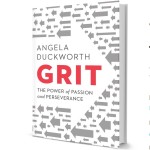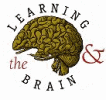 A uniquely actionable new book of learning sciences principles that can improve teaching and learning has come in the form of The ABC’s of How We Learn: 26 Scientifically Proven Approaches, How They Work, and When to Use Them. This book, inspired by a popular course at Stanford University entitled The Core Mechanics of Learning, is written by Daniel L. Schwartz, Dean of Stanford’s Graduate School of Education, Jessica M. Tsang an instructor at Stanford and a cognitive neuroscientist with expertise in effective classroom learning techniques, and Kristen P. Blair, a child development researcher and instructor at Stanford with expertise in technologies that support STEM learning.
A uniquely actionable new book of learning sciences principles that can improve teaching and learning has come in the form of The ABC’s of How We Learn: 26 Scientifically Proven Approaches, How They Work, and When to Use Them. This book, inspired by a popular course at Stanford University entitled The Core Mechanics of Learning, is written by Daniel L. Schwartz, Dean of Stanford’s Graduate School of Education, Jessica M. Tsang an instructor at Stanford and a cognitive neuroscientist with expertise in effective classroom learning techniques, and Kristen P. Blair, a child development researcher and instructor at Stanford with expertise in technologies that support STEM learning.
The ABC’s of How We Learn starts from the premise that we all teach one another, and we all need to learn. As such, improving how we teach and learn, including tailoring strategies to our present circumstances is useful. The authors offer 26 alphabetized principles of learning and practices that support knowledge acquisition. The book does not profess to be a comprehensive account of every principle that can improve learning; rather, it offers several strategies that improve learning and the contexts in which each strategy might help. While presenting and integrating high level psychological and learning sciences theories and evidence, this text is accessible to any reader interested in improving his or her learning efficiency and experience. Especially helpful is the fact that the authors have grouped the 26 principles into a handful of broad issues that may be of concern to educators, such as how to support learners in building conceptual understanding, how to motivate learners, and how to promote learning through collaboration.
Each chapter, which corresponds to a learning principle represented by a letter of the alphabet, is explained in a way that makes the principle not only easily understandable, but also easy to implement. Each principle is defined, the theory accounting for the success of the principle is explained, uses of the principle are discussed, and the conditions under which it is most effective are enumerated. The ways in which the technique can be detrimental to learning are also outlined. Finally, examples of effective and ineffective implementation of the technique are included at the end of each chapter. After the full description of each of the 26 principles, the authors provide a very brief summary that users can reference to refresh themselves on the principles in the future.
The varied learning principles in this book highlight the many fruitful paths by which learning can take place. The book includes strategies that might be familiar and intuitive such as providing feedback, opportunities to observe experts, and opportunities for meaningful practice. Other strategies outlined include how to make learning exciting and preparing for learning by being well-rested. For example, in the chapter entitled “Z is for Zzzzzz…” the authors state that as productive scholars have long experienced and intuited and as the past 15 years of sleep research has shown, for deep learning to take place we need to get sufficient sleep. Sleep supports attentiveness during learning and memory consolidation after learning. The authors also include less well-known strategies for improving learning such as assuring students that they belong in the present learning setting, drawing on our five-senses and our bodies to learn abstract concepts, creating works of art and other sharable products, and engaging in imaginative play. Imaginative play, for example, helps students understand that one idea can represent another (e.g., a toy doll can represent a real person), and allows them to practice the norms of social interactions and the cognitive control that they require. It allows children to think independently and creatively.
Just as everyone needs to learn their ABC’s before they can read and learn from texts, every teacher and student can benefit from understanding the ABC’s of how we learn to improve their learning experience.
Schwartz, D. L., Tsang, J. M., & Blair, K. P. (2016). The ABCs of how we learn: 26 scientifically proven approaches, how they work, and when to use them. New York, NY: W.W. Norton & Company, Inc.



